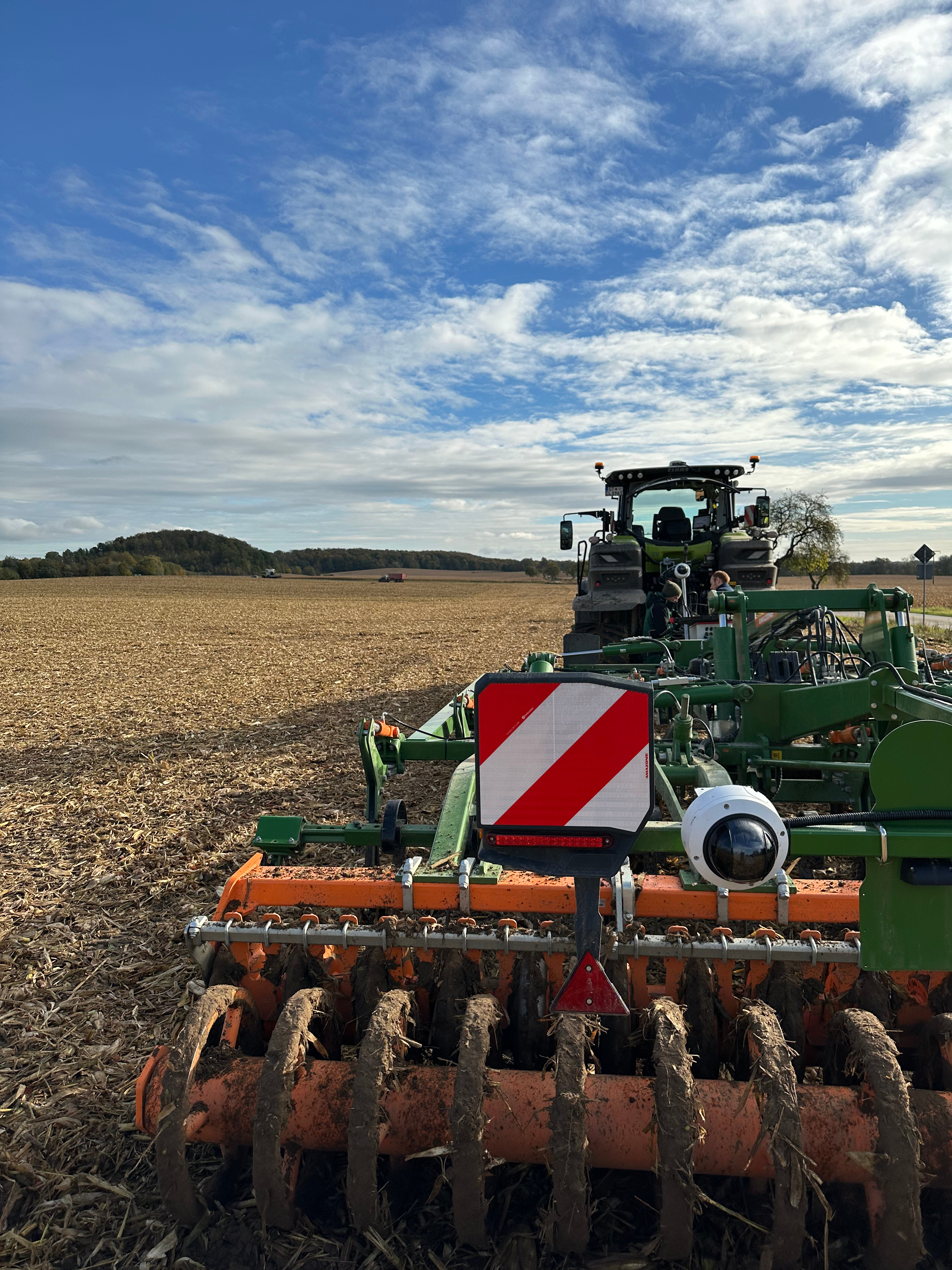Artificial Intelligence for Sustainable Agriculture
Fraunhofer IGD to Exhibit Data-Based Solutions for Biodiversity and Climate Protection
Agriculture is in transition. Mounting pressure from climate change and the need to conserve resources and preserve biodiversity call for new approaches. Digital technologies are opening up new perspectives to accomplish this. The Fraunhofer Institute for Computer Graphics Research IGD is developing data based tools that visualize ecological interconnections, increase transparency in agricultural processes, and support sustainable management.
(Rostock / Hannover, Germany) Using visual computing and artificial intelligence, the Fraunhofer “Biogenic Value Creation and Smart Farming (BWSF)” initiative develops applications that automatically identify vegetation cover, evaluate peatland ecosystems, and analyze soil cultivation in real time. This turns data into actionable knowledge, a key building block for the agriculture of tomorrow.
“Our research combines ecological responsibility with technological innovation. We want to provide farmers with tools that support their decision-making processes. Tools that are data-based, practical, and resource-efficient,” explains Dr. Philipp Wree, Head of Division Bioeconomics at Fraunhofer IGD.
Recognizing biodiversity, ensuring plant health
A dashboard developed by Fraunhofer IGD displays the results of graphical plant identification in grasslands, from biodiversity indicators to weeds, to invasive species. When used with drone images captured by RGB and multispectral cameras, the dashboard gives farms and service providers precise information to help them tailor their farming and maintenance practices.
AI also supports practical applications for fruit and berry cultivation. A software application identifies biotic stress factors such as mildew and caterpillar infestation in strawberries under polytunnel conditions and displays the infested areas on georeferenced maps, including hotspot visualizations. This allows for precise management of plant protection measures and reduces treatment quantities.
Climate protection through digital peatland valuation
Intact peatlands are essential for climate protection. Draining them destroys unique habitats and releases significant amounts of CO₂. Fraunhofer IGD has developed an AI-based application that evaluates peatland areas in terms of hydrology, biodiversity, vegetation, and greenhouse gas emissions. The system displays results from various data sources on a dashboard and is accompanied by an app that collects vegetation data and calculates global warming potential (GWP) in real time.
“Digital models create transparency and enable precise management of rewetting and mitigation measures. That’s climate protection in action through data intelligence," says Dr. Philipp Wree.
Focus on soil cultivation: Quality control in real time
Fraunhofer IGD will present the Monitoring of Tillage Device Results (MOTDR) project, an AI-supported system that automatically evaluates work quality in soil cultivation. Through a combination of cameras and vibration sensors, the resulting soil structure is analyzed in real time, and any deviations are detected and displayed on a tablet. This enables farmers to adjust parameters directly, ensure work quality, and conserve resources—an important step toward self-optimizing, autonomous agricultural machinery.
Fraunhofer IGD at AGRITECHNICA 2025
Protecting crops, preserving peatlands as carbon sinks, and streamlining work processes requires new solutions that generate knowledge from data and create actionable options. An interactive 3D model will demonstrate Fraunhofer IGD’s Smart Farming activities.
An accompanying film will allow visitors to experience how field research and AI work together in real-life situations, from collecting data to using it on a tractor.
Fraunhofer IGD will showcase all of these innovations at Agritechnica 2025 in Hannover from November 9 to 15, 2025. Visit us in Hall 17, Booth B15 (Fraunhofer-Gesellschaft’s collaborative booth).
 Fraunhofer Institute for Computer Graphics Research IGD
Fraunhofer Institute for Computer Graphics Research IGD